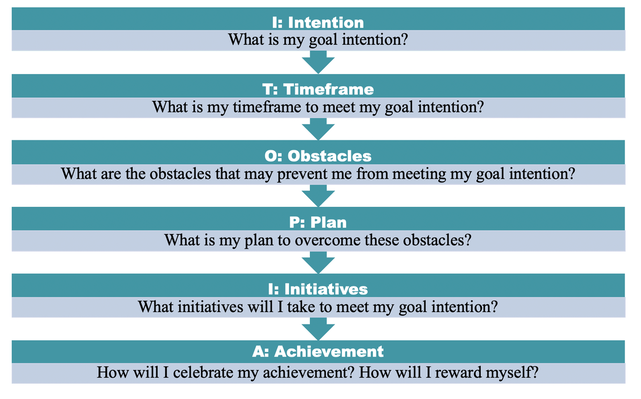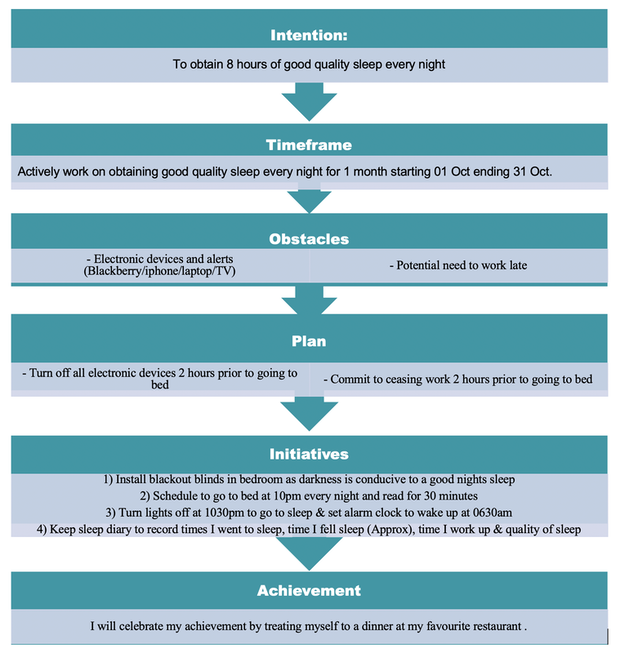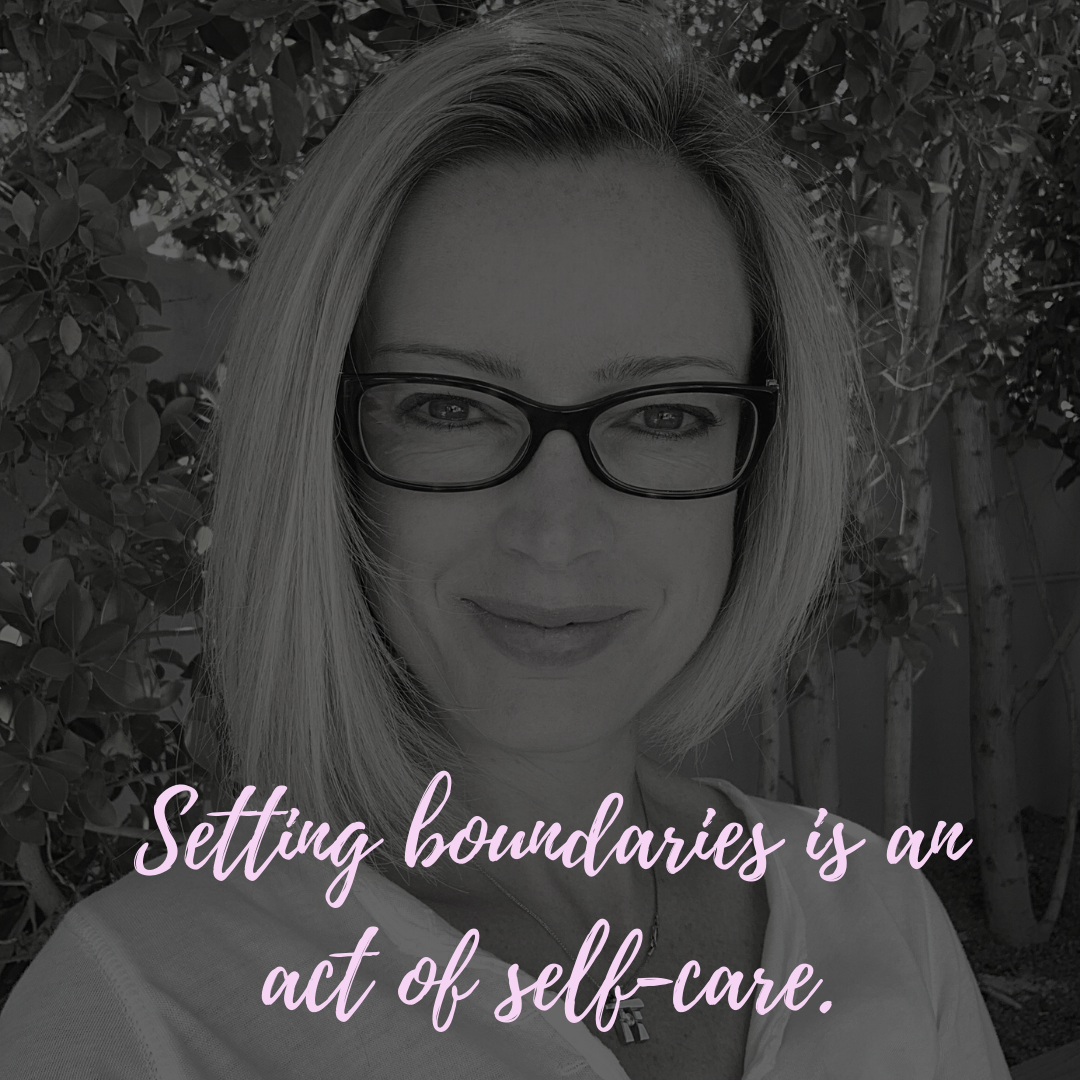|
In this goal setting post series, I have outlined two steps: Step 1: To change your life, you first have to identify what you need to change. In case you missed this post and would like to download the FREE “Life Review Deep Dive” exercise to help you get clarity, you can revisit the post and exercise here: https://www.itopiacoaching.com/blog/change Step 2: Once you have identified what you need to change, there is still one more step you need to take before setting goals. This step is: understanding your motivation for the goals. In case you missed this post and would like to revisit it and download the FREE goals setting exercise, you can access it here: https://www.itopiacoaching.com/blog/start-with-why Step 3: In this step I showed you how to set goals using the iTOPIA acronym. In case you missed this post and you would like to download the FREE goal setting template and exercises, you can access it here: https://www.itopiacoaching.com/blog/set-goals Now let's talk about the importance of celebrating success & monitoring progress. Celebrating Successes Milestones are essential steppingstones towards realising your dreams, and it is critical to recognise and celebrate these successes. Without recognising and acknowledging the achievements we make towards our goals, and, by only focusing on the result, our goals can feel and seem too overwhelming, which can lead us to give up the pursuit of our dreams. I recommend diarising a reward in your diary at the end of each quarter to celebrate your achievements thus far – having a reward diarised will help keep you incentivised as you work towards your goals. Key questions to ask yourself:
Monitoring Progress In addition to maping out when to celebrate successes it is also imperative to set out a goal plan. Setting a goal map or plan is essential to achieving our goals – without setting out a plan it is near impossible to reach our goals because, without a plan, there is no strategy or accountability. I log my goals and initiatives in an excel spreadsheet; however, you can choose to do this more straightforwardly, for example, in a notebook. The critical thing to remember is to record your progress against your goal initiatives daily so that you can refer back and measure your progress against your goals at the end of each quarter. Refer to the below goal plan example: The green fill indicates that the goal initiatives were achieved, whereas the red indicates that the goal initiative was not achieved. Exercise 1: Create your own goal plan in either an excel spreadsheet or notebook. Exercise 2: Once you have been working on your goals for 4 months, complete the attached Annual Quarterly Review Assessment. Document the achievements that you have made towards your goals and also detail the challenges/obstacles you faced. Conducting this exercise will ensure that you recognise and celebrate your successes as well as acknowledge the roadblocks/obstacles that you may need to adapt to in order to reach your goals the following quarter.
2 Comments
Success takes time, effort, perseverance & patience. A few months ago, while vacationing in Palm Springs, California, I decided to hike 4 miles up and down one of the local mountains. The first half of the hike was pretty tough – it was 1.5 miles straight up a vertical incline with short, sharp switchbacks. When I reached the top, I was pretty pleased with myself – my phone told me I had climbed 80 flights of stairs and that I had completed the incline in 45 minutes. The hike down around the side of the mountain was much more comfortable – the terrain still had short, sharp switchbacks, but the very nature of it being downhill made for a much easier hike.
Until, forty-five minutes later, when I reached the bottom of the mountain and discovered that the trailhead abruptly ended in front of an 8-foot barbwire fence, which stretched for miles. The barbwire fencing had a sign indicating that the land beyond the wall was private property and owned by the California government for flood control. Beyond the fencing, and just a few streets away was the condo where my husband and I were staying. I stared at the fencing and then back up at the mountain in dismay. Did I really have to hike back up the mountain and then have to climb down the other side just because of an 8-foot barbwire fence? And why was there a well-marked trail indicating to hike this way if you couldn’t get past the fence? Recognising that I did not have enough water with me to reclimb the mountain, I decided to scale the barbwire fence. Several failed attempts later, and after a great deal of muttering under my breath, I managed to lob myself over the fence relatively unscathed. I was euphoric and silently singing praises to myself for being so resourceful. That is until I realised that the newly tarmacked road that I was walking down was actually part of an empty private gated community that would, at some point, become a housing development. As I walked past all the vacant lots, I spied a 10-foot electric gate at the end of the road. I groaned. There was not a person in sight who operated the gate, and as I reached the gate, I discovered there was no chance of opening it or climbing over it. Until…I discovered a 5-foot cement wall with tall box hedging surrounding it on the other side. Determined not to give up, I catapulted myself up and over the cement wall and landed in the hedging on the other side. I had a few minor scratches and cuts on my hand, but overall, I was unscathed. As I walked back to our condo, I realised that my hiking adventure is an excellent metaphor for how we go about setting and achieving goals. We often set goals and tactics to realise our ambitions; however, we usually don’t anticipate the bumps and roadblocks (and 8-foot barbwire fences!) that come up along the way. When these roadblocks arise, implement the following strategies:
“Your dreams become goals when you write them down”In this goal setting post series, I have outlined two steps: Step 1: To change your life, you first have to identify what you need to change. In case you missed this post and would like to download the FREE “Life Review Deep Dive” exercise to help you get clarity, you can revisit the post and exercise here: https://www.itopiacoaching.com/mindset-coaching-blog/change Step 2: Once you have identified what you need to change, there is still one more step you need to take before setting goals. This step is: understanding your motivation for the goals. In case you missed this post and would like to revisit it and download the FREE goals setting exercise, you can access it here: https://www.itopiacoaching.com/mindset-coaching-blog/start-with-why Now let’s dive into how to set and achieving your goals. It is essential to set goals that are inspiring and motivating to you while also making you feel stretched. Meaning, the goals you set should feel challenging, yet achievable. If you set goals that do not feel challenging or do not inspire you, the chances are that you will not follow through with trying to reach them. If you think about it, why would you dedicate time and effort towards something that is not that inspiring? In my own pursuit to implement goals, I initially tried to apply the goal-setting strategies which I was taught throughout my career and education; however, I found that the various acronyms and strategies didn’t work for me. I felt the strategies were missing a key element – which is dealing with potential obstacles. Most goal-setting acronyms and processes state that:
While I agree these approaches are critical, in my opinion, they fail to cover how to overcome potential obstacles that undoubtedly will arise while pursuing a new goal, and speaking from my own experience, once an obstacle comes along, it’s easy to cease pursuing the goal. Through much trial and error, I realised that I was much more likely to reach my goal by anticipating potential obstacles and planning for them rather than pretending that there weren’t any hurdles that could prevent me from reaching my target. I therefore created my own goal acronym: I Intention T Timeframe O Obstacles P Plan I Initiatives A Achievement Below is a detailed explanation of the iTopia acronym: Review the blog example to see how in practical terms the iTopia acronym can be used to set a new goal: Use the iTopia acronym to build out your goal(s) by downloading and completing the attached exercises.
Before setting goals you need to know the In a previous blog post, I outlined that to change your life, you first have to identify what you need to change. In case you missed this post and would also like to download the FREE “Life Review Deep Dive” exercise to help you get clarity, you can revisit the post and exercise here: https://www.itopiacoaching.com/mindset-coaching-blog/change Once you have identified what you need to change, there is still one more step you need to take before actually setting goals. And that is reviewing what your motivation for the goal(s) are. Understanding the motivation behind the goal will help you to determine if the goal that you are setting is for right reasons – i.e. are you setting the goal because you want to or is it because you are seeking approval? You may be asking yourself who would set goals for approval? Many people set goals for approval without being consciously aware of their desire for approval. Refer to the below examples:
These are just a few examples of doing things and setting goals for the approval of others, rather than setting the goals for our own desires. Therefore, before setting your goals, be sure to take some time and complete the attached pre-goal setting exercise to make sure you are clear on your motivations for the goal.
"Old ways do not open new doors" Setting goals is imperative to accomplishing our dreams because without setting goals, our dreams are effectively just wishes - a wish being a hope or desire for something to happen. This is a nice thought; however, the reality is that wishes do not manifest our desires. The only way to fulfil our dreams is to set goals and actions that bring our ideas to fruition. With that said, it’s important to note that before setting goals to change our lives, it is essential first to review and examine what our existing life is like to determine what is and isn’t working. Now, this may sound obvious, however often we do not know what exactly is not working other than the fact that we feel unsatisfied. And, when we do not know precisely what is not working, we end up not knowing where or how to make changes which can lead us to then feeling stuck and in a rut. Therefore, the first step before setting goals is to identify and understand what needs to change. To gain this clarity, it is a useful exercise to review the previous 12 months to reflect on any key achievements, learning’s and challenges that we have faced. If you would like to conduct this exercise, then download and complete the attached “Life Review Deep Dive” exercise to identify what you need and want to change in your life. Some food for thought: People often wait until the end of the year to build new goals, but why wait? The start of a new year is not going to make us any more successful in achieving our goals than if we start working on our goals now.
|
�
Claire RogersHi! Welcome to the Mindset Coaching Blog, where I will be sharing with you how to develop healthy habits and empowering beliefs. Blog Categories
All
Ready to further your personal development journey?
Sign up for the the iTopia Signature Coaching Program: Getting Out of the Rut by Getting Unstuck! An online self-directed mindset coaching program built on the idea that life satisfaction and happiness comes from pushing past limiting beliefs, the status quo and our comfort zone. |
||||||||||||||||||||||||||||










